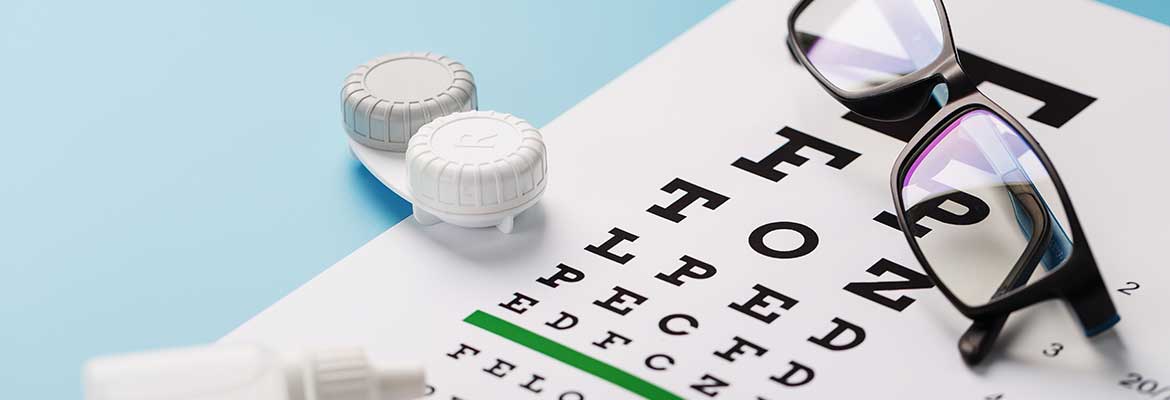You are now being directed to a third party website. Please note that this website is for convenience of the user. spectacularkids is not collecting, storing, or accessing any personal data of the user, and all the information collected, stored, and accessed herein is with the third party https://myeyedoctor.in/ website. You expressly consent to share all your details with https://myeyedoctor.in/

Now, we all know the pathological complications associated with progressive Myopia, leading to retinal detachment, subretinal neovascularization, early cataract, and glaucoma. These complications are the major causes of visual impairment and blindness. Let us go through the five steps that can halt the progression of Myopia:
Identifying children with family history of Myopia: It is advisable to take your child for vision check-up at 6 months, 3 years and before the first grade. If you notice any of the symptoms such as squinting and frowning of eyes, frequent blinking of eyes, holds books or objects close to the eyes, sitting at the front of the classroom, etc. in your child, make an appointment with the doctor immediately. The risk of Myopia in children increases by two times when one parent is myopic and by three times when both parents are myopic.
Spending time outdoors can protect against Myopia development and progression: It has been demonstrated that increase in time spent outdoors and decrease in close-work may be important for the progression of Myopia. A study conducted among children in Singapore observed that more time spent outdoors appears to be protective factor for Myopia development in disease progression.
Atropine may slow down the progression of Myopia: Atropine eye drops are used to widen the pupils in the eye exam. The drops may decrease the progression of Myopia by inhibiting the eye elongation when administered in small doses for 2 to 3 years. These drops are used for children between 5 and 18 years old.
Bifocal or bifocal and prismatic spectacles may affect the Myopia progression: Bifocal spectacles are designed to reduce the eye accommodation with near vision and prismatic spectacles are used to reduce convergence in near vision. It is beneficial to use bifocals when children are involved in near-work activities such as reading including a base-in prism to eliminate convergence.
Peripheral defocus contact lenses may affect Myopia progression: These special lenses are worn by children of 6 to 12 years with Myopia. The centre of the lens corrects the blurry vision while the outer portion of the lens blurs the peripheral vision as it is thought to limit Myopia progression.
Orthokeratology: It is type of lens that the child wears overnight to correct distance blurry vision during the day. They flatten the cornea while they sleep. Next day, the light directly falls on the retina after passing through the reshaped cornea. It also helps in stopping the progression of Myopia.